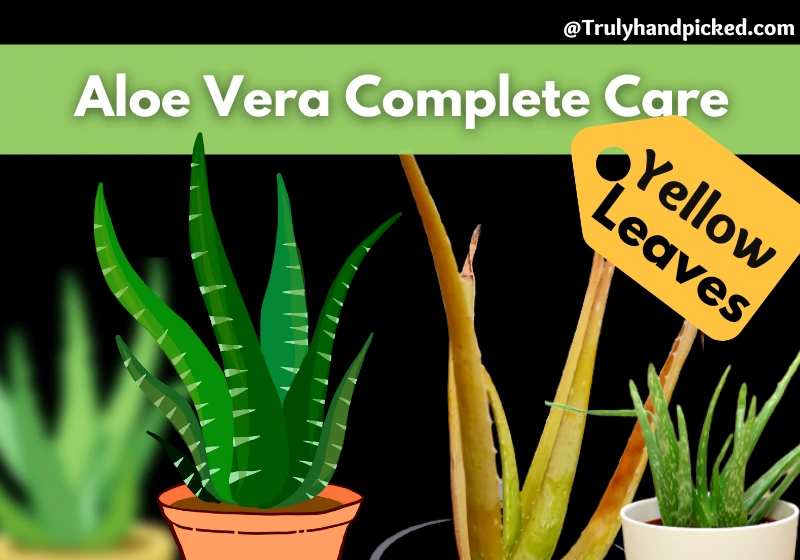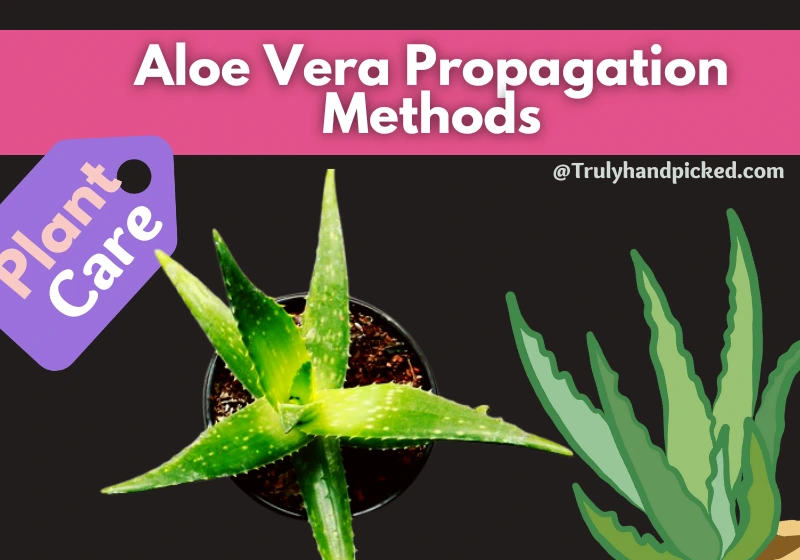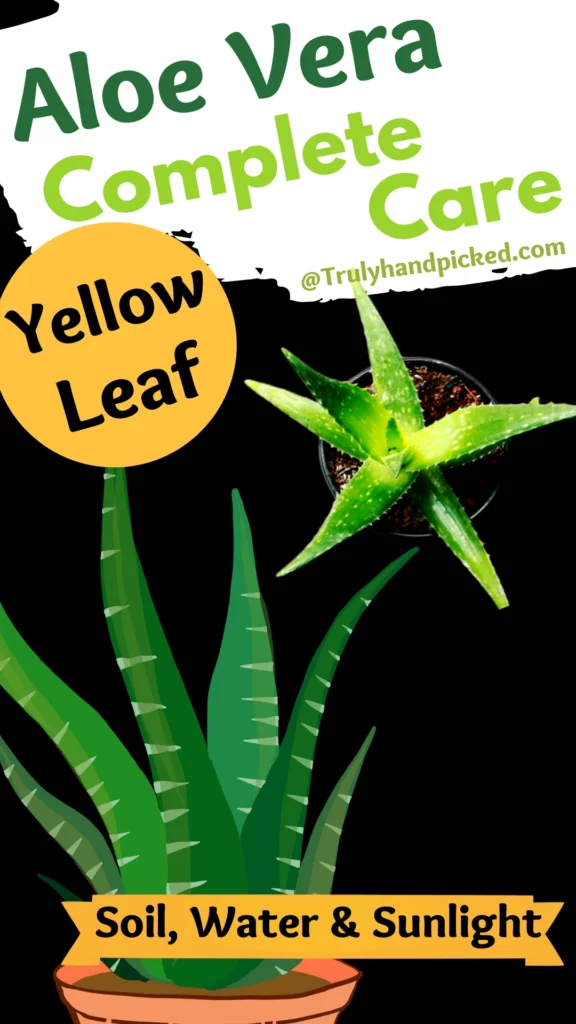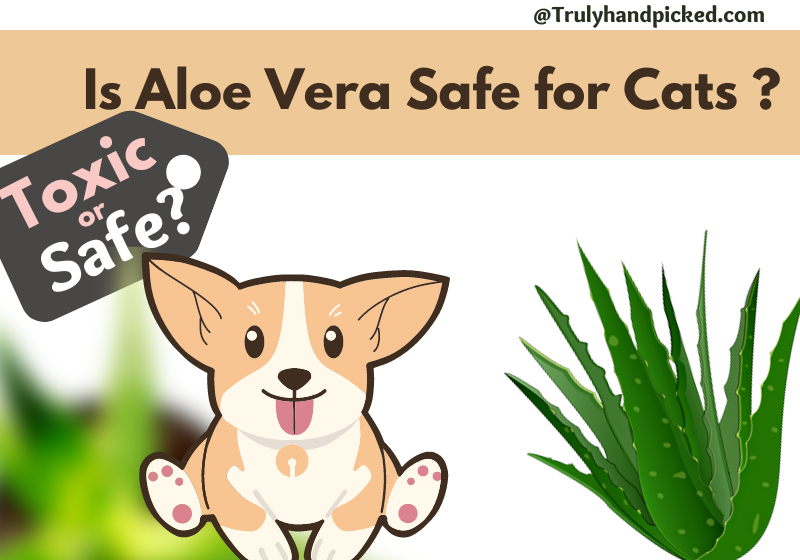Aloe vera plant is one of the most beneficial succulents you can have around. If there is any possibility of having an indoor or outdoor gardening area in your house, you must give it a chance with blind eyes.
The advantages of having an aloe vera plant in the house are myriad. Besides, you can steal an exotic semi-tropical glance for your place with a robust aloe vera plant.
Here are some must-know facts about a growing aloe vera plant, you should distinguish before having one in your house-
Quick Tips: How to Care for Aloe Vera Plants
Aloe vera plants are adaptable to any kind of home environment. Thus, they can make a great choice for both restricted planters or open outdoor gardens. Let’s learn how to take of this beneficial plant perfectly-
Soil, Water & Sunlight Needs
- Soil: You must grow an aloe vera plant in good-draining soil. Prepare the soil with perlites, coarse sand, and normal potting mix or garden soil, depending on the place you sow it. Keep the pH level between 7.0 to 8.5 for the best result.
- Water: You should water your growing aloe vera plant deeply but after a certain gap. Try to water it every 2-3 weeks and let the top 2-inches of the soil dry between watering.
- Sun Exposure: This plant prefers bright but indirect light consistently. Try to provide it the sun with partial shade. Do not place it on a low light for long, or your plant will turn leggy.
- Climate: Aloe vera plants can tolerate a warm climate that is around 55° to 85° F temperature. You must place the planter in a high humid spot to keep the leaves juicy and healthy enough.
Fertilizer, Repotting, and Pest Care
- Fertilizer: Feed your growing aloe vera plant once a month with any balanced liquid fertilizer. Apply the fertilizer in diluted form with ½ of strength and apply it only during growing seasons, like spring or summer.
- Pruning: As aloe vera plants are succulents and grow with selected thick foliage, you don’t need to prune the plant very often. Try to trim off the leaves or stems, only they will have brown tips due to aging. Never trim the leaves in the center of the plant and try to do it close to the base for the best outcome.
- Replantation: An aloe vera plant has a shallow root system that needs space widthwise, not lengthwise. Wait, until your plant seems too heavy or produces too many pups, do the replantation with a wider planter than the previous one.
- Pests and Bugs: Mealybugs, snout beetles, scales, spider mites, gall mites, fungus gnats, etc. are some common troubleshooting issues you may face with a growing aloe vera around. Try to apply preferable organic remedies like alcohol, neem oil, or flush of soapy water for pests & bugs. Taking proper care would be enough to fight fungal or bacterial issues expertly.
How to Propagate Aloe Vera?
How to Propagate with Leaf Cutting:
- Cut 2-3 healthy and freshly grown leaves at the base with a sharp disinfected cutter
- Then, we should dry up the cuttings for 2-3 days in a shade and temperature not lower than 65-68° F
- Leaves should be planted deep by 2-3 centimeters in a pot with the preferred potting mix
- Water the soil thoroughly then and place the planter in a suitable spot of the house
- Wait for a couple of weeks, new roots will develop within 2-3 months
- Then take out the cutting and replant it in a bigger planter, if you didn’t use a wider planter before. Otherwise, let it thrive uninterruptedly with fundamental growing essentials.
Propagation Through Offshoots or Pups:
- Find an offshoot or healthy stem that grows at the base of the parent plant, first
- Trim off the offshoot with a disinfected knife or shear
- Make sure the offshoot you chose, has some attached roots
- Bring a planter with dry cactus mix and sow the offshoot into it
- Water it with a sprayer carefully, place it in a warm-high humid spot and let it thrive naturally.
Division Method Propagation:
- Wait till your plant grow properly with an adequate large height to do this process
- When the time for repotting comes, dig up the entire plant from the soil cautiously
- Clear the dirt and soil-bound around the roots and divide individual sections along with their pups
- Each pup should have a separated root system, try to keep them undamaged during the process
- Prepare new planters with fresh potting soil mix and sow the divisions distinctly in separate planters
- Make sure you prepare the potting mix with 1 part cactus mix and 1 part sand for the best result of the replantation
- After securing the base, place the planter in a warm place where it can get bright but indirect light
- Water the divisions after 1 week and provide them with other growing requirements accordingly after that period.
Why Is My Aloe Vera Leaves Turning Yellow?
If you keep your growing or fully grown aloe vera plant in a condition, it doesn’t prefer, it will soon have yellow-leaf issues inevitably.
Let’s learn what are the common reasons for this problem and how to deal with it effortlessly-
Causes:
- Overwatering
- Using unsuitable planter
- Frequent changes in growing condition
- Due to drought conditions
- Seasons issues
- And untreated troubleshoots
Solutions:
- Try to plant your garden aloe vera plant in a slop ground, and indoor aloe vera plant in a well-draining pot
- Do not use too long a planter that is unmatchable for the shallow root system of aloe vera
- Don’t change the condition of a growing aloe vera plant by keeping indoor and outdoor frequently
- Make sure you provide enough protection to your plant for natural hardiness like a heat wave
- Apply defense measures to your plant from abrupt season issues like sudden frost or scorching loo, etc.
- And don’t stay inattentive toward your growing aloe vera ever. Never let the troubleshooting issues like pests, bugs, and fungal or bacterial problems stay on your plant too long. Spread on any possible remedy as soon as you detect them on your plant.
How to Bring Aloe Vera Back to Life?
Aloe vera plants could face plenty of troubleshoots issues due to improper care. Sometimes, these issues could lead your plant towards dying, if you don’t apply any retrieval measures soon. However, fortunately, a fading or dying aloe vera plant can bring it back to life again with some proper and effective recovery methods. Here are some quick overviews of this matter below-
Common Problems of An Aloe vera Plants:
- Brown leaves
- Yellow leaves
- Wilted foliage
- Silk form of foliage
- Mushy stems
- Rotting roots
- And undefined dying
How to Bring it Back to Life:
- Water your plant only when the topsoil turns dry
- Don’t keep the plant in low light or out of sunlight for long
- Never let the soil be soggy or water-logged ever
- Feed accordingly to save from nutrient deficiency
- But don’t overdo it, otherwise, salt buildup will initiate
- Water your plant once every 2 weeks to save from underwatering
- Rotate the planter often but slowly to provide sunlight to every side of the plant
- Fertilize with liquid fertilizer and apply only ½ of the strength
- Repot the plant, if you can’t detect the problem quickly with bare eyes
- Use the fresh set of planter and potting soil, every time you replant it
- Make sure the plant is under bright light but away from direct sunlight
- Never let the temperature below 60° or more than 90° F
- And be ready for all types of natural disasters that may come your way for health cultivation.
Is Aloe Vera Safe for Cats and Dogs?
Despite being a plant with plenty of medicinal benefits, the aloe vera plant is announced toxic for house pets, including cats and dogs.
Why is it Toxic to Cats and Dogs?
The gelatin section, detained within the foliage of an aloe vera plant is white latex. This plant also contains saponins inside. These properties initiate mucus invasion in the colon of mammals like cats and dogs.
Possible Reactions:
- Abdominal cramps
- Change in urine color
- Vomiting
- Depression
- Diarrhea
- Lethargy
- Loss of appetite
- And sometimes tremors
How to Deal With It?
- Take your pet to the nearest veterinarian hospital soon
- Try to figure out how much aloe part your pet has consumed before taking him to the hospital
- This process will help to decide the veterinarian’s expert
- Go for the intestinal diagnosis first
- Your vet doctor may suggest a blood sample or urine sample for the proper medical diagnosis
Remember that your pet needs time to recover from the toxic grasp of aloe vera for a couple of weeks. So, try to give your dog or cat that time with proper medical care.



